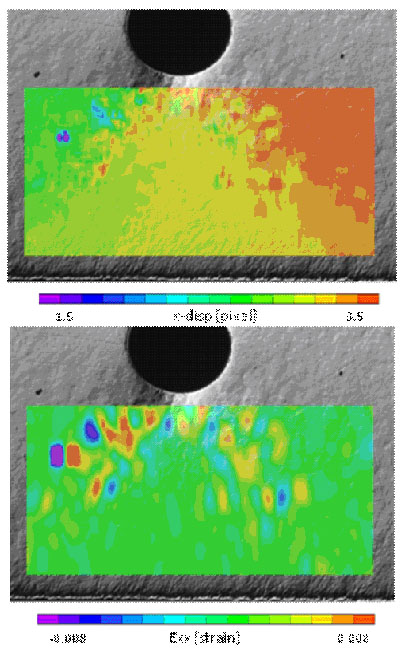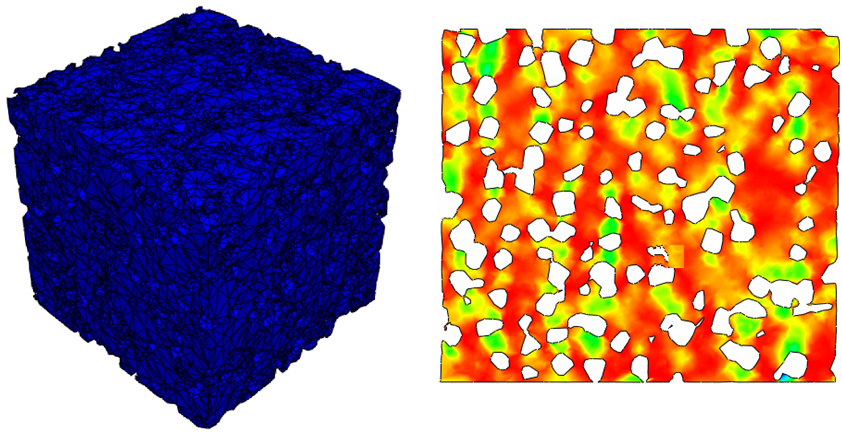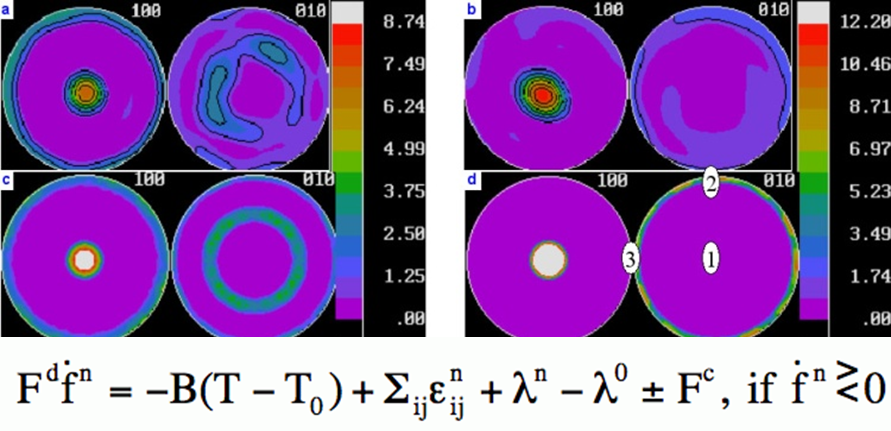Research / Multifunctional MaterialsAdvanced Mechanics of Shape Memory Alloys
 Shape Memory Alloys (SMAs) are unique materials that exhibit shape memory behavior, which is exemplified by the ability recover large deformations due to changes in external loading conditions, typically applied stress, or temperature. This unique performance characteristic is governed by a reversible crystallographic phase transformation (austenite - martensite).
Shape Memory Alloys (SMAs) are unique materials that exhibit shape memory behavior, which is exemplified by the ability recover large deformations due to changes in external loading conditions, typically applied stress, or temperature. This unique performance characteristic is governed by a reversible crystallographic phase transformation (austenite - martensite).
The advanced mechanics group works to characterize and model the complex behaviors SMAs exhibit at different scales, spanning the range of molecular interactions, micromechanical phenomena, and macroscopic responses. One of the primary areas of focus is to better understand the evolution of the alloys microstructures as they undergo phase transformations. To achieve this, a vast repertoire of experimental techniques is utilized including neutron diffraction measurements, optical microscopy with digital image correlation measurements, and electron microscopy, all with in situ thermo-mechanical loading of specimens.
The findings are captured in the formulations of models that traverse the realms of nanomechanics, micromechanics, continuum mechanics, thermodynamics, molecular dynamics, and kinetics. The ability to successfully apply these models to complicated loading scenarios as well as advanced devices, such as porous SMA structures and self-healing composites, is essential and utilized in projects such as developing microarchitectures optimized for bone implants. The figure on the right shows displacement and strain measurements made using digital image correlation techniques during the phase transformation of a NiTi alloy.




